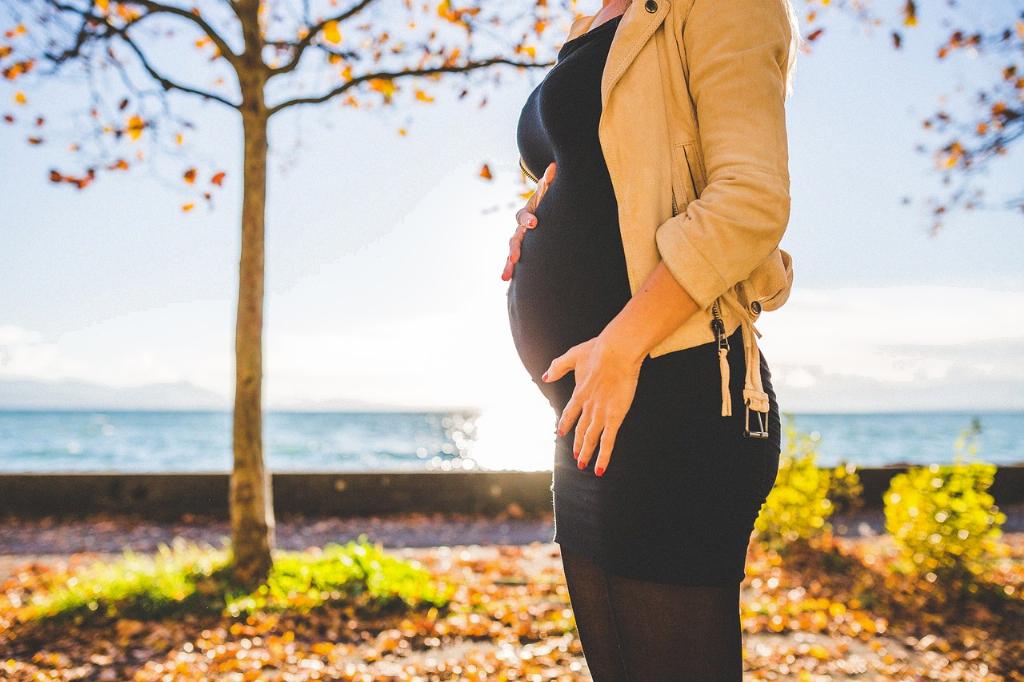When delving into the realms of childbirth after previous cesarean deliveries, one of the prominent concerns that arise is the possibility of uterine rupture. Many women may wonder about the likelihood of such an event occurring, particularly after two prior C-sections. It is essential to explore the available data and statistics to gain a comprehensive understanding of the risks involved.
Success Rates of Vaginal Delivery After Two C-Sections
According to recent findings, the success rate of a trial of vaginal delivery after two cesarean sections stands at an encouraging 71.1%. This statistic alone provides hope for women who wish to pursue a vaginal birth after previous C-sections, highlighting the feasibility and potential positive outcomes associated with this choice.
Assessing the Risk of Uterine Rupture
Despite the favorable success rate mentioned above, it is crucial to acknowledge the potential risk of uterine rupture. The data indicates that the rate of uterine rupture after two C-sections is approximately 1.36%. While this percentage may seem relatively low, it underscores the importance of informed decision-making and careful monitoring throughout the birthing process.
Comparative Maternal Morbidity Between Vaginal Delivery and Repeat C-Section
When weighing the option of vaginal delivery after two C-sections against a repeat cesarean procedure, it is essential to consider the comparative maternal morbidity rates. By evaluating the available data, individuals can make well-informed decisions regarding the mode of delivery that best aligns with their preferences and health considerations.
Evaluating Individual Risk Factors
While statistics provide valuable insights into the overall chances of uterine rupture after two C-sections, it is essential to recognize that individual risk factors can influence the likelihood of such complications. Factors such as prior uterine surgeries, maternal age, and the presence of medical conditions should all be taken into account when assessing the personalized risk profile of a woman.
Importance of Comprehensive Counseling
Given the complexities surrounding childbirth after multiple cesarean deliveries, comprehensive counseling plays a pivotal role in guiding women through their decision-making process. Healthcare providers should offer detailed information, address concerns, and empower individuals to make choices that align with their values and preferences.
Embracing Informed Decision-Making
Empowering women with knowledge and supporting their autonomy in decision-making regarding childbirth after two C-sections is paramount. By embracing informed choices, individuals can navigate the uncertainties and potential risks associated with different delivery options while prioritizing their well-being and the health of their baby.
Continuous Monitoring and Support
Throughout the pregnancy and delivery process, continuous monitoring and supportive care are essential elements in ensuring the safety and well-being of both the mother and the child. Healthcare providers play a crucial role in overseeing the birthing journey, detecting any signs of complications early, and providing timely interventions when necessary.
Personalized Care Plans
Each woman’s childbirth journey is unique, and as such, personalized care plans tailored to individual needs and circumstances are key in optimizing maternal and neonatal outcomes. By collaborating with healthcare professionals and actively engaging in shared decision-making, women can craft birth plans that reflect their preferences and priorities.
Celebrating Birth Choices and Resilience
Amidst the discussions of risks and statistics, it is important to celebrate the courage and resilience of women who navigate the complexities of childbirth after multiple C-sections. Every birth story is a testament to strength, determination, and the unwavering love that fuels the journey towards welcoming a new life into the world.
Conclusion
In conclusion, the chances of uterine rupture after two C-sections, as indicated by the data, underscore the importance of informed decision-making, comprehensive counseling, and individualized care. By embracing knowledge, empowerment, and personalized support, women can navigate the birthing process with confidence, resilience, and a deep sense of agency in shaping their childbirth experience.

